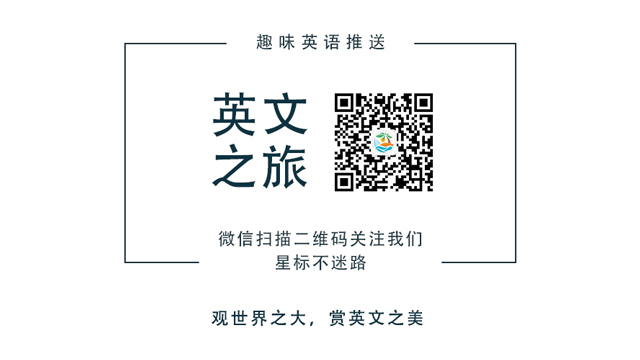Halloween is a holiday annually celebrated on October 31. Some people hold Halloween parties on or around this date, where the hosts and guests often dress up as skeletons , ghosts or other scary figures. There are various symbols are associated with Halloween. The colors orange and black are very common. Other symbols include pumpkin lanterns , witches, wizards , ghosts, spirits and characters from horror films. Animals associated with the festival include bats, spiders and black cats.
万圣节通常是在每年的10月31日庆祝。人们会在这天或者前后两天举办万圣节派对。在派对上,主人和客人会打扮成骷髅、鬼魂或其他恐怖的形象。万圣节有许多象征。万圣节最常见的颜色是橙色与黑色。其他常见的象征还有南瓜灯、女巫、男巫、鬼魂、幽灵以及其他恐怖电影中的角色。与这个节日相关的动物有蝙蝠、蜘蛛以及黑猫。
Halloween has its origins in pagan festivals held in England, Wales, Scotland and Ireland. People believed that, at this time of year, the spirits of dead people could come "alive" and walk among the living. They thought that it was important to dress up in costumes when venturing outside, to avoid being harmed by the spirits. This may be the origin of the Halloween costumes seen today.
万圣节曾为英格兰、威尔士、苏格兰和爱尔兰地区的异教徒节日。人们相信每到这个时候,去世的人的灵魂会复活,游荡在人群之中。他们认为要想免受幽灵的伤害,人们走在外边时最好乔装打扮一下。这或许就是现代万圣节服装的起源。
Halloween celebrations in the United Kingdom include parties where guests are often expected to arrive in a costume to reflect the day's theme. Other people gather together to watch horror films, either at home or at a cinema.
在英国,万圣节的庆祝活动包括各种派对,宾客们会按照当天的主题乔装打扮后前来参加。还有一些人会聚在家中或在电影院,一起观看恐怖电影。
Some children go trick-or-treating . This means that they dress up and go to other peoples' houses, knocking on the door for treat of sweets or a snack. Those who do not give out a treat may be tricked with a joke instead. The practice of dressing up in costumes and begging door to door for treats on holidays dates back to the Middle Ages and includes Christmas wassailing . Trick-or-treating resembles the late medieval practice of souling, when poor folk would go door to door on Hallowmas, receiving food in return for prayers for the dead on All Souls Day. The custom of wearing costumes and masks at Halloween goes back to Celtic traditions of attempting to copy the evil spirits or placate them, in Scotland for instance where the dead were impersonated by young men with masked, veiled or blackened faces, dressed in white. Guising at Halloween in Scotland is recorded in 1895, where masqueraders in disguise carrying lanterns made out of scooped out turnips , visit homes to be rewarded with cakes, fruit and money.
孩子们则会进行“不给糖就捣蛋”的游戏。他们会穿着各式各样的稀奇古怪的服装、挨家挨户地索要糖果和零食。那些没有给他们糖果的人就会被他们戏弄。这种穿着奇怪的服装、挨家挨户讨要糖果的传统可以追溯到中世纪,也包括圣诞酒宴。“不给糖就捣蛋”的游戏类似于中世纪后期祭祀亡魂的仪式,穷人们会在万圣节这天挨家挨户收集食物,这些食物是为了报答在万圣节为去世的人所做的祷告。在万圣节穿着特定服装、佩戴面具的传统可追溯到苏格兰凯尔特人模仿邪灵的习俗,比如在苏格兰,年轻男子会带着黑色面具或把脸涂黑,穿着白色的衣服模仿已故的人。根据记录,苏格兰人在万圣节伪装自己的习俗出现在1895年,伪装者提着用挖空的红萝卜制成的灯笼,挨家挨户地拜访人们后会获得蛋糕、水果或金钱。
- 拓展学习:小词详解 | placate
